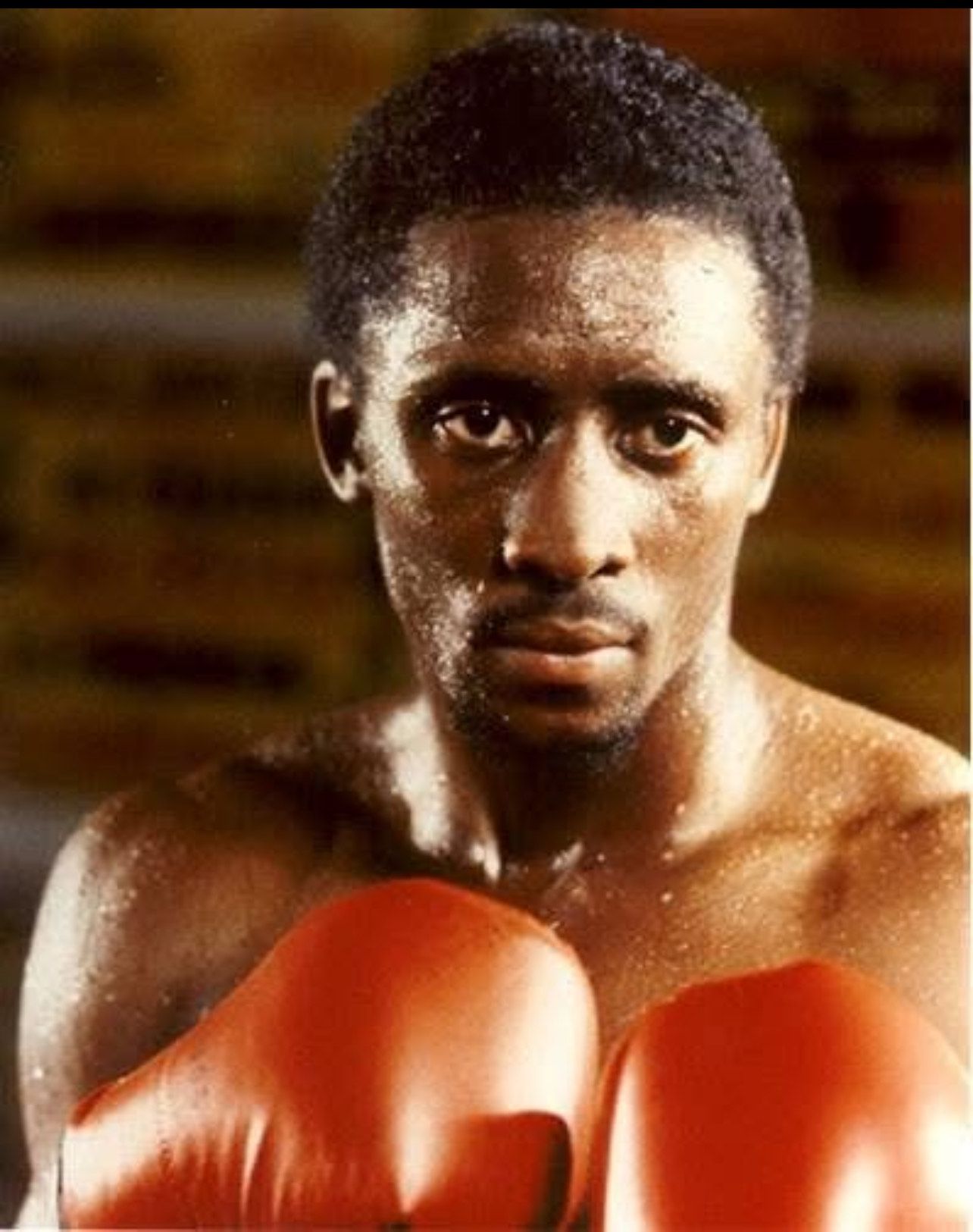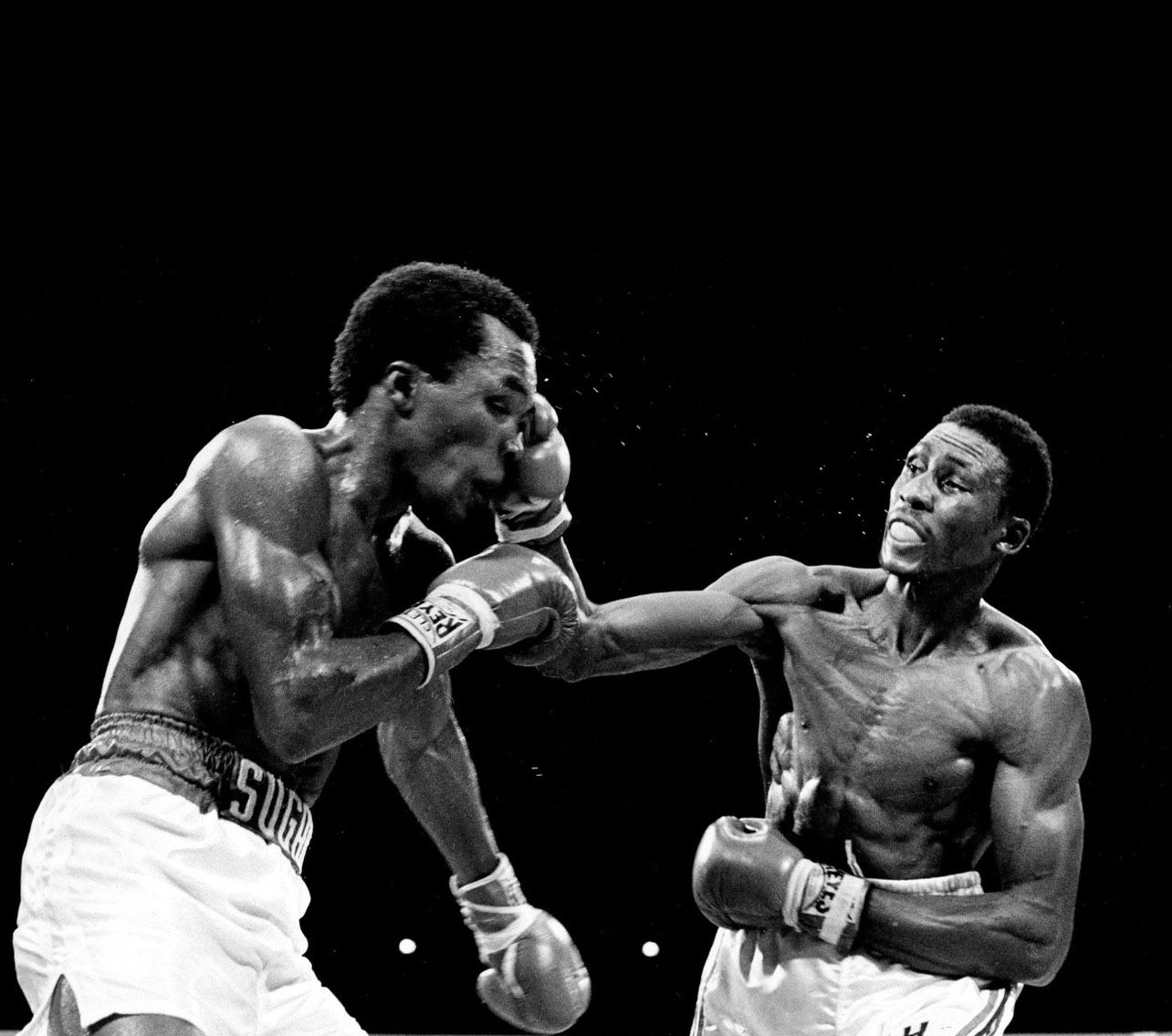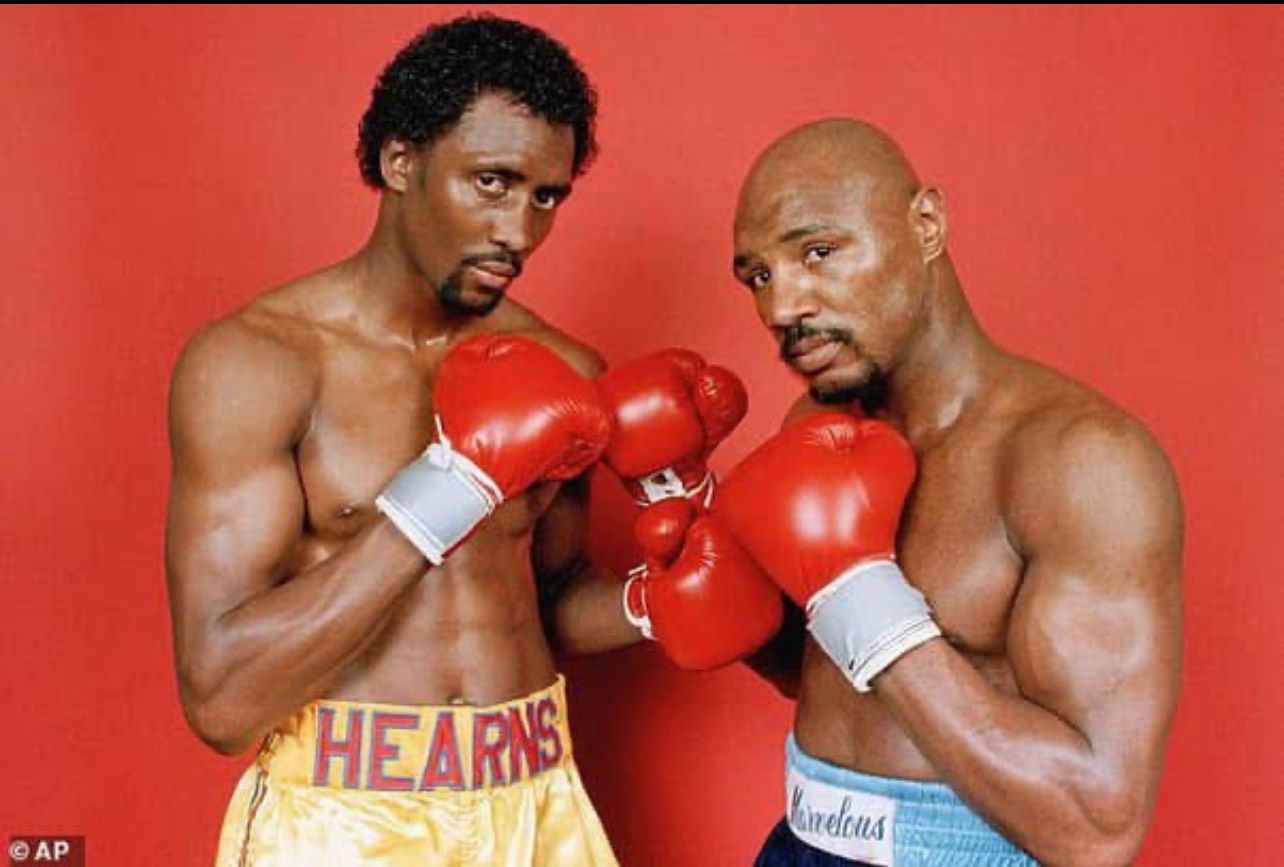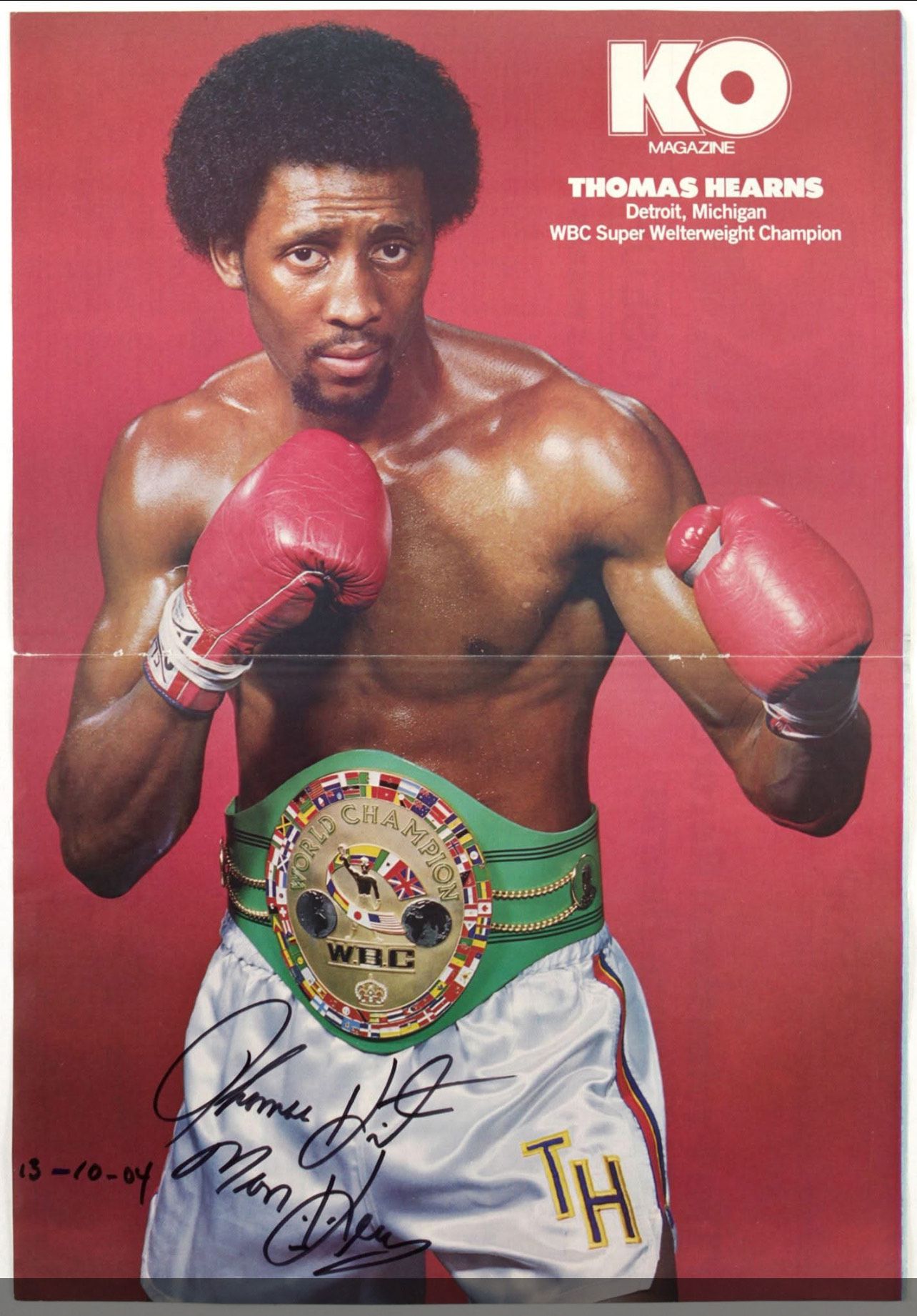
While watching the recent Claressa Shields fight in Detroit—an incredible display of grit, dominance, and championship spirit—I couldn’t help but think about another Detroit legend who once electrified the boxing world: Thomas “The Hitman” Hearns. As Shields stood in the ring with her arms raised high, the roar of the crowd echoing through Little Caesars Arena, it stirred memories of a time when another champion carried the weight of the city’s hopes on his shoulders. And I realized, once again, how much we’ve undervalued just how good Tommy Hearns really was.
When people talk about Detroit sports legends, the names that often come up are Barry Sanders, Isiah Thomas, Joe Louis, and even Eminem for his cultural impact. But somehow, one of the most electrifying, courageous, and accomplished athletes to ever come out of the Motor City often gets left out of the conversation: Thomas “Hitman” Hearns.
Tommy Hearns wasn’t just good—he was great. Iconic. Fearless. He was a Detroit original, forged in the fiery crucible of the legendary Kronk Gym, under the guidance of the brilliant Emanuel Steward. Hearns wasn’t just part of boxing history; he helped write it. And he did it with style, power, and an unwavering heart that epitomized the spirit of Detroit.

Standing 6’1” with a freakishly long reach, Hearns was built more like a basketball player than a welterweight boxer. But when he stepped in the ring, his right hand—known as “The Hitman”—was one of the most feared weapons in the sport. He wasn’t just knocking people out, he was putting them to sleep.
Hearns’ career reads like a Hall of Fame novel, filled with unforgettable chapters. His wars with Sugar Ray Leonard, Marvin Hagler, and Roberto Durán are etched into the very soul of boxing lore.
In 1981, Hearns faced Sugar Ray Leonard in what was billed as “The Showdown.” Tommy dominated much of the fight with his jab and reach, but Leonard staged a dramatic comeback in the later rounds to win by TKO. Still, Hearns’ performance was so commanding that many fans believed he had done enough to win. Their 1989 rematch was ruled a draw, though the consensus was that Hearns had deserved the nod. Two razor-thin fights with one of the greatest ever.
In 1985, he stepped into the ring with Marvin Hagler for what is arguably the most action-packed three rounds in boxing history. “The War,” as it became known, was pure chaos from the opening bell. Hearns landed monstrous shots and even broke his hand in the first round. Though Hagler would win by TKO in the third, the bravery and violence on display from both men made it an instant classic.

Then there was the utter destruction of Roberto Durán in 1984. Hearns dismantled the legendary “Hands of Stone” in just two rounds, knocking him out cold in one of the most brutal displays of power-punching ever seen in a boxing ring. No one had ever done that to Durán. No one.
Tommy Hearns became the first boxer in history to win world titles in five different weight divisions—welterweight, light middleweight, middleweight, super middleweight, and light heavyweight. His versatility, power, and heart made him a rare breed, and one of the greatest fighters of his generation.
And yet, despite all of this, Hearns often gets overlooked in conversations about boxing’s all-time greats and Detroit’s most impactful athletes.
Maybe it’s because he was so humble. Maybe it’s because he fought in an era stacked with legends. Maybe it’s because his most famous fights were battles where he came just short of victory. But make no mistake—Tommy Hearns was every bit as great as his peers.

In a city that values grit, toughness, and heart, Tommy Hearns is Detroit through and through. He didn’t just represent the city—he was the city: strong, determined, and always fighting with everything he had.
So the next time you hear someone talking about Detroit legends, say the name Tommy Hearns loud and proud. Because the truth is—we haven’t given him enough credit. But it’s not too late to start.
